Good Neighbor Hedge
scarlettmx5
17 years ago
Related Stories

GARDENING GUIDES9 Low-Growing Hedges That Make Good Neighbors
Define garden areas or borders without blocking the view, with these evergreen shrubs that take kindly to trimming
Full Story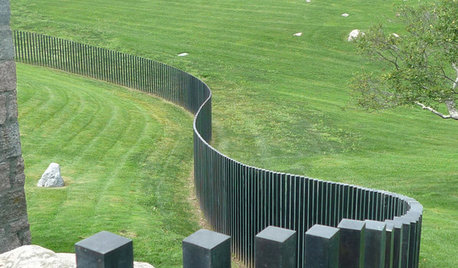
LANDSCAPE DESIGNGood Fences, Good Neighbors — and Good Views
See-through vertical fencing connects a yard with its surroundings while keeping children and pets safely inside
Full Story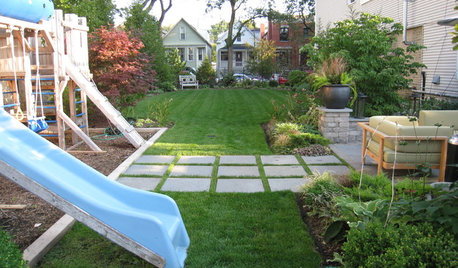
LIFE6 Tips for Teaching Your Kids to Be Good Neighbors
Everyone wins when your children learn to respect boundaries, get help when they need it and show others they care
Full Story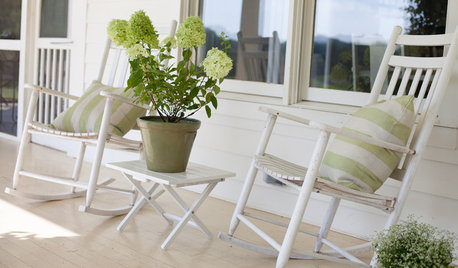
LIFEHow to Get Along With the Neighbors — and Live Happier at Home
Everyone wins when neighbors treat one another with kindness, consideration and respect
Full Story
FRONT YARD IDEAS10 Ideas for a Front-Yard Edible Garden Your Neighbors Will Love
Choosing attractive, well-mannered plants and sharing the bounty will go a long way toward keeping the peace
Full Story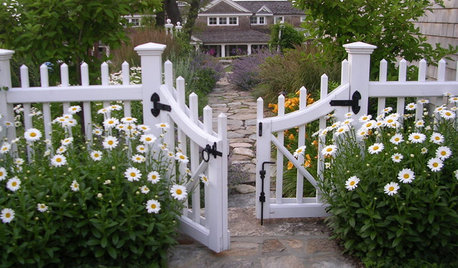
CURB APPEAL7 Ways to Create a Neighborly Front Yard
Foster community spirit by setting up your front porch, paths and yard for social interaction
Full Story
REMODELING GUIDES8 Tips to Help You Live in Harmony With Your Neighbors
Privacy and space can be hard to find in urban areas, but these ideas can make a difference
Full Story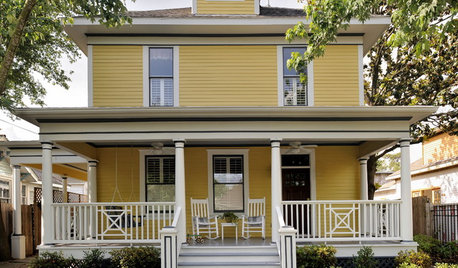
REMODELING GUIDESGood Houses Are Good Neighbors Too
The best houses engage the world and fit into their surroundings, even while celebrating their own distinct style
Full Story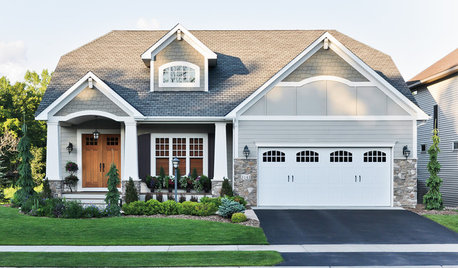
SHOP HOUZZShop Houzz: Good Neighbor Day
Set the tone for your neighborhood with a tidy porch, yard and entry
Full Story
PETSHow to Help Your Dog Be a Good Neighbor
Good fences certainly help, but be sure to introduce your pup to the neighbors and check in from time to time
Full StoryMore Discussions








Embothrium
scarlettmx5Original Author
Related Professionals
Ashland Landscape Architects & Landscape Designers · Glen Ellyn Landscape Architects & Landscape Designers · Lake Oswego Landscape Architects & Landscape Designers · Middle Island Landscape Architects & Landscape Designers · Roosevelt Landscape Architects & Landscape Designers · Saint Louis Park Landscape Architects & Landscape Designers · Eagle Landscape Contractors · Indio Landscape Contractors · Lynn Landscape Contractors · Alexandria Fence Contractors · Apache Junction Fence Contractors · La Grange Fence Contractors · Memphis Fence Contractors · Silver Spring Fence Contractors · Sioux City Fence Contractorshemnancy
zzepherdogg
scarlettmx5Original Author
gardengal48 (PNW Z8/9)
westgate
Embothrium
grant_in_seattle
zzepherdogg
scarlettmx5Original Author
Embothrium
scarlettmx5Original Author
hemnancy
gardengal48 (PNW Z8/9)
Embothrium
trolley_molly
grant_in_seattle
Embothrium
jennie
scarlettmx5Original Author
bahia
larry_gene
scarlettmx5Original Author
mdvaden_of_oregon
scarlettmx5Original Author
northwestbirdluver
mdvaden_of_oregon
hostaguy
bahia
mkirkwag
mkirkwag
mdvaden_of_oregon